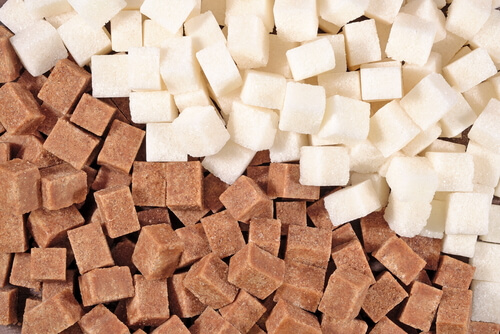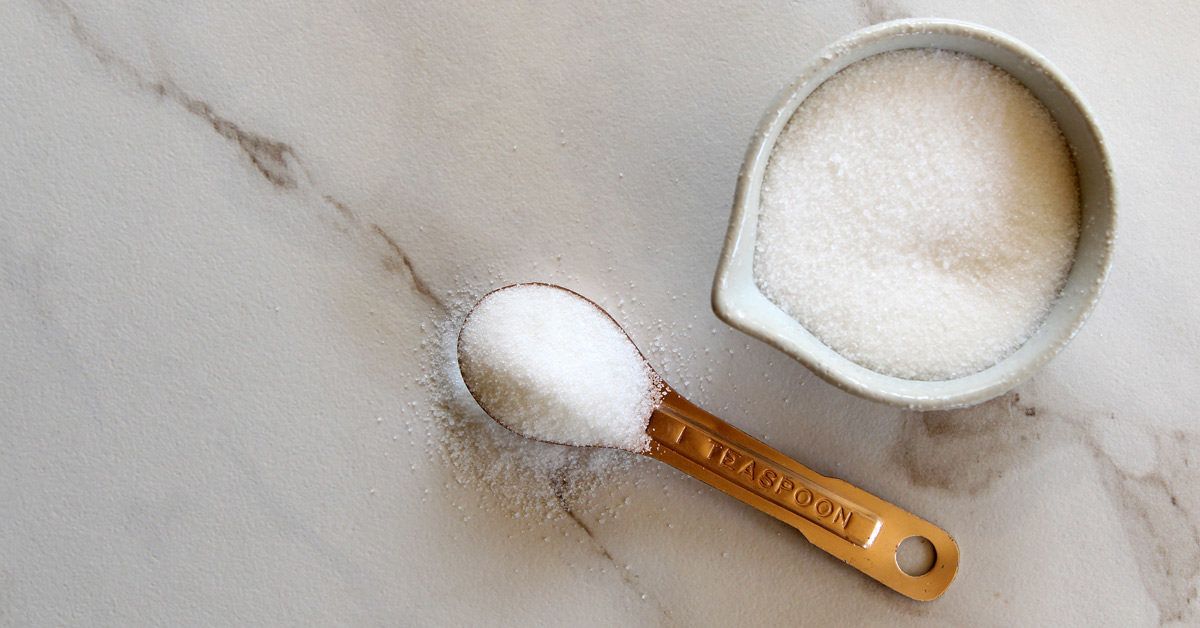Examining beet sugar vs cane sugar reveals distinctions in production costs and market supply.
Examining beet sugar vs cane sugar reveals distinctions in production costs and market supply.
Blog Article
Discover the Uses and Conveniences of Beet Sugar Vs Cane Sugar in Your Daily Diet Regimen
Discovering the unique qualities of beet and cane sugar reveals more than just their sweetening capabilities; it highlights their unique effect on health and wellness and cookeries. Beet sugar, recognized for its subtle taste, is frequently favored in delicate treats, whereas cane sugar, with its tip of molasses, includes splendor to robust recipes. Each type holds its very own dietary profile and glycemic effects, welcoming a deeper understanding of their duties in a balanced diet plan and lasting consumption methods.
Beginning and Manufacturing Processes of Beet and Cane Sugar

The unique climates and dirt kinds needed for expanding sugar beetroots and sugarcane add to differences in their growing methods and geographical distribution, influencing the economics and sustainability of their manufacturing. beet sugar vs cane sugar.
Nutritional Comparison Between Beet Sugar and Cane Sugar
In spite of stemming from various plants, beet sugar and cane sugar are nutritionally very comparable, both primarily containing sucrose. Each provides concerning 4 calories per gram, equating to approximately 16 calories per teaspoon. Structurally, both sugars are composed of approximately 99.95% sucrose, with marginal quantities of various other compounds like moisture and trace element, which do not considerably modify their nutritional accounts.

Eventually, when selecting in between beet sugar and cane sugar based on dietary web content alone, both deal identical benefits and disadvantages as they are basically kinds of the very same particle-- sucrose, providing quick energy without other nutrients.
Effect On Wellness: Glycemic Index and Caloric Material
Discovering better into the impacts of beet sugar and cane sugar on health, it is essential to consider their glycemic try this index and caloric content. The glycemic index (GI) of both beet and cane sugar is around 65, categorizing them as high-GI foods, which can create fast spikes in blood sugar levels.
Each sort of sugar contains about 4 calories per gram, making their calorie material equivalent. For those keeping track of caloric intake, especially when managing weight or metabolic health conditions, recognizing this equivalence is important (beet sugar vs cane sugar). However, excessive intake of any type of high-calorie, high-GI food can add to health and wellness issues such as excessive weight, cardiovascular disease, and insulin resistance.
Environmental and Economic Considerations of Sugar Manufacturing
Beyond health and wellness influences, the manufacturing of beet and cane sugar also elevates considerable ecological and economic worries. Sugar beet cultivation has a tendency to call for cooler climates and has a reduced geographical footprint compared to sugar cane, which grows in tropical areas. Both plants are extensive in terms of water use and land occupation, potentially leading to deforestation and water shortage. Financially, the international sugar market is highly unstable, affected by modifications in global profession policies and subsidies. Numerous countries incentivize sugar manufacturing via financial backing, skewing market costs and impacting small farmers adversely.
In addition, the use of pesticides and fertilizers in both beet our website and cane sugar growing can bring about dirt degradation and pollution, additional affecting biodiversity and neighborhood water bodies (beet sugar vs cane sugar). The choice between cultivating sugar beet or cane typically depends upon neighborhood ecological problems and economic aspects, making the sustainability of sugar production an intricate problem
Culinary Applications and Flavor Distinctions
While the environmental and financial elements of sugar production are undoubtedly significant, the selection between beet and cane sugar also affects culinary applications and taste accounts. Beet sugar, derived from the sugar beet plant, is recognized for its remarkably neutral preference.
Walking stick sugar, extracted from sugarcane, commonly maintains molasses traces, which impart a distinct richness and deepness. This small molasses taste improves the intricacy of baked products, sauces, and sauces. It is especially preferred in items where a sugar undertone is wanted, such as in brownies or gingerbread. The small variation in wetness web content between beet and cane sugar can site here influence the texture and consistency of recipes, making cane sugar a favored choice for certain dishes that profit from its one-of-a-kind residential properties.

Verdict
Finally, both beet and cane sugar have distinctive beginnings and manufacturing procedures, offering similar dietary profiles with minor distinctions in sodium material and taste. While their effect on health and wellness, particularly relating to glycemic index and calories, is comparable, the choice between them commonly boils down to ecological, financial aspects, and certain cooking requirements. Understanding these elements can guide customers in making informed decisions that align with their wellness objectives and flavor preferences.
Report this page